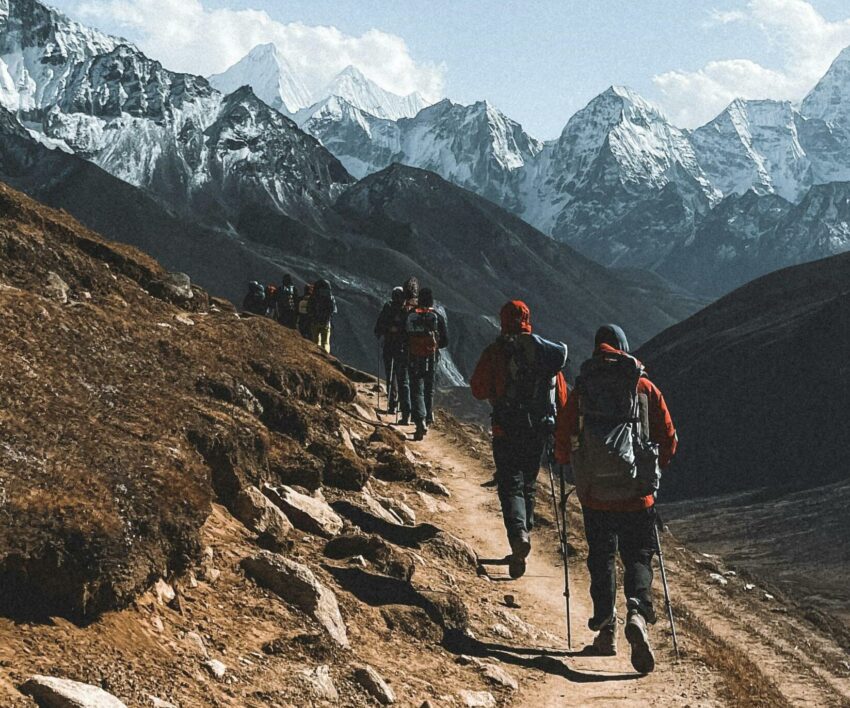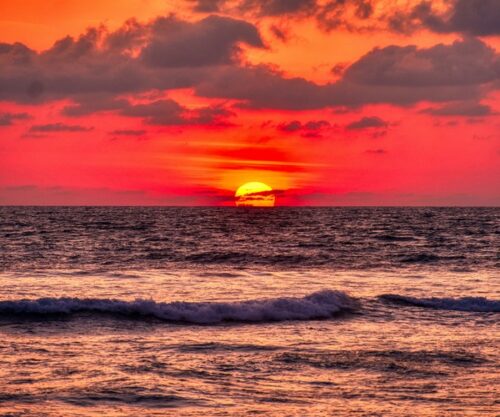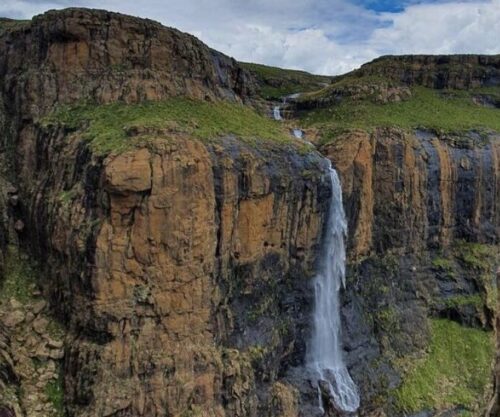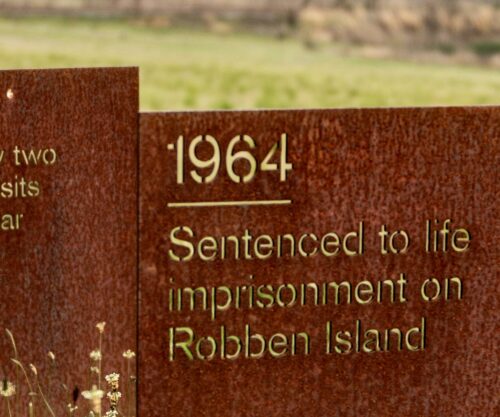
The Cederberg is a vast and unspoiled wilderness, one of South Africa’s few wilderness areas where you can meet nature on its terms.
Here are a few hiking trails in the Cederberg.
Its majestic mountains are a hiker’s paradise, offering a network of trails that wind through rocky mazes, grassy plains, craggy peaks, secretive wooded valleys and crystal-clear streams.
It is a land of extremes, with scorching summers and cool winter nights. But it is not just the dramatic landscapes that make the Cederberg a must-visit destination. The night skies offer a spectacle of stars, captivating stargazers with their breathtaking beauty.
The Cederberg is a must-visit hiking destination in South Africa, whether you’re an avid hiker or a nature enthusiast looking for a remarkable adventure.
From leisurely day hikes to challenging multi-day treks, this wilderness has trails to suit every skill level and ambition.
A land of boundless beauty
The Cederberg encompasses a vast area that stretches from Pakhuis Pass in the north to Dorp op die Berg in the south, flanked by Wupperthal and Citrusdal in the east and west, respectively.
This rugged landscape consists of private land, farms, conservancies and two main reserves — the 71 000ha Cederberg Wilderness Area managed by Cape Nature and the 182 000ha Cederberg Conservancy, a collection of 22 properties that form the heart of the central Cederberg.
Each step along these trails reveals the remarkable geology that has shaped this land over millions of years. Sandstone and shale dominate the scenery, adorned with hues of red, grey, yellow and cream — a painter’s palette etched into the earth by wind and water.
A Unesco World Heritage site

The Cederberg is not only a haven for hikers but also a sanctuary for a rich diversity of flora. As one of the 13 clusters in the Cape Floral region, it boasts two of the Western Cape’s six biomes: the fynbos and the succulent Karoo.
Fynbos blankets the landscape with its distinctive reeds, ericas and protea species, while the succulent Karoo thrives in the arid eastern reaches.
The critically endangered Clanwilliam cedar tree, after which the Cederberg is named, stands defiantly on cliffs and rocky outcrops but faces the constant threat of extinction.
Safety first
When planning your Cederberg hiking adventure, keep in mind that the best time to visit is from April to early December.
Summertime can be scorching, with temperatures reaching 40°C, while winter brings cool, clear days and extremely cold nights. As you navigate the trails, be prepared for rocky and uneven terrain, and make sure to wear sturdy hiking shoes or boots.
If you are staying overnight, be sure to book beforehand and get your permits at the Cape Nature office.
Preserving the wilderness

As you wander through the Cederberg’s untamed beauty, remember that you are exploring one of the last untouched places in the world.
Respect the fragile ecosystems, follow the ‘Leave No Trace’ principle, and refrain from making open fires to prevent devastating wildfires. Let the serenity of the Cederberg fill your soul, and let its untouched wilderness leave an indelible mark on your heart.
Hiking trails in the Cederberg
1. Wolfberg Cracks

- Length: 5km
- Elevation gain: 560m
- Route type: Out and back
- Starting point and permits: Sandrif Campsite
An adventurous 5km along the Wolfberg Cracks trail. This challenging route is a popular choice among hikers, so expect to meet fellow adventurers. Dogs are not allowed on this trail, so leave your furry friends at home. Embark on a thrilling journey, navigating through narrow cracks and scrambling up steep sections. The shaded parts of the trail offer respite from the summer heat, making it manageable.
2. Wolfberg Arch

- Length: 11.9km
- Elevation gain: 787m
- Route type: Out and back
- Starting point and permits: Sandrif Campsite
An exciting 11.9km hike along the Wolfberg Arch trail, starting in Cederberg, Western Cape. The highlight of the hike is the magnificent arch but en route, you also get to explore the cracks, where you can test your skills with some light scrambling. Remember to pack enough water (at least 3 litres), as there is no water on the trail.
3. Disa Pool
- Length: 15.4km
- Elevation gain: 307m
- Route type: Out and back
- Starting point: Kromrivier campsite
Traverse the valley, keeping an eye out for red disas in season. As you reach the pool, cross the stream on the rocks above and descend to the pool on the far side.
4. Lots Wife and Window Rocks
- Length: 4.2km
- Elevation gain: 127m
- Route type: Loop
- Starting point: Cederberg Private Cellars
A short 4.2km loop trail known as Lots Wife and Window Rocks. This moderately challenging route is a hidden gem for hiking enthusiasts.
Start your journey from the Cederberg Private Cellars’ office towards Algeria and follow the sign for Lot’s Wife. Don’t forget to obtain a permit from the Dwarsrivier Farm or Algeria Forest Station.
Park at the Stadsaal Caves car park and begin the well-signposted trail to Lots Wife and Window Rocks. In just one to 1.5 hours, you can complete this hike, making it a perfect morning adventure.
5. Algeria – Middelberg Hut
- Length: 5.8km
- Elevation gain: 704m
- Route type: Point to point
- Starting point: Algeria Campsite
A moderately challenging route and while popular, quieter times of the day provide moments of solitude.
A permit is required and can be obtained at the Cape Nature reception at Algeria Campsite. This moderate hike is well worth the effort, taking you through a grove of cedar trees.
Compiled by
First Published on Cape Town etc
Also see: South Africans can get 60 days visa free in Thailand




